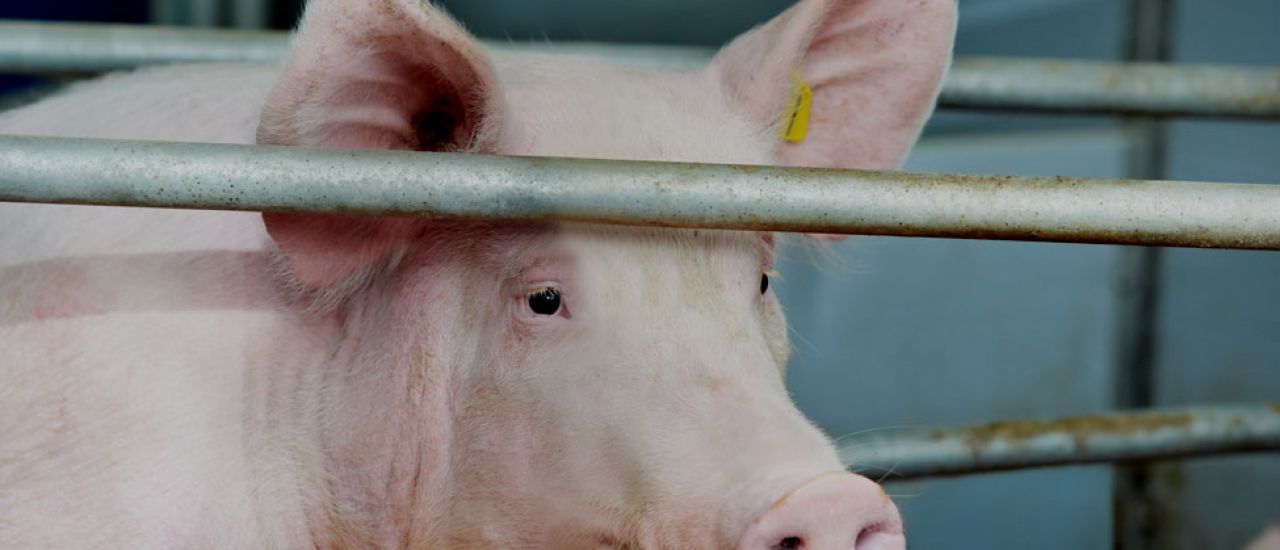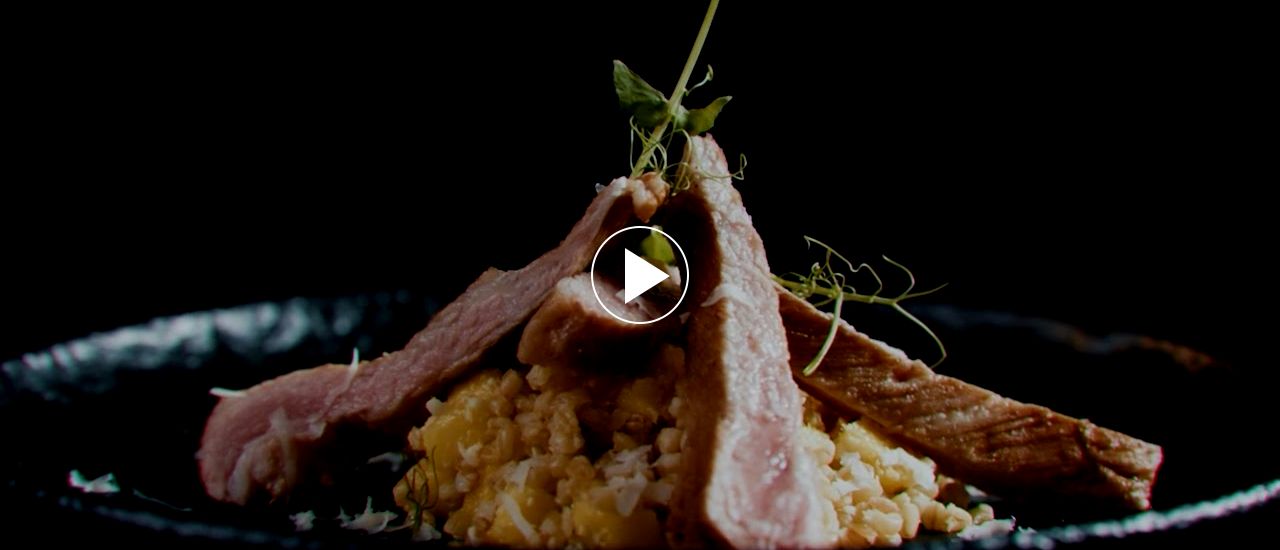The meat industry is the fourth industrial sector in our country, only behind enormous sectors such as the automobile industry, oil and fuels, and electricity production and distribution.
In Spain the meat sector comprises more than 3,000 businesses. Nearly 70% of them have fewer than 20 employees. Their activity accounts for 22% of the billing in the Spanish food industry (approximately 19,000 million euro), which makes it the most important segment of this leading industrial sector in the Spanish economy.
Spain, second producer of pork meat in Europe
The pork sector is the leading livestock sector in our country with an annual production which amounts to over 4,000 million euro a year, making it the second producer in the Europe of the 25.
Nearly 60% of the pork meat production is for direct consumption and 40% is for industrial consumption, while in the case of beef and sheep/goats practically all of it (92%-98%) is for direct consumption.
Meat from white pigs and Iberian pigs, 2 different sectors
Pork production in Spain has two clearly differentiated sides, one concerned with white-skinned pigs, based on intensive production and designed to produce the greatest possible quantity of meat at an accessible price, and that of the various breeds of Iberian pigs, generally much less intensified and designed to produce top quality products with high added value (basically Iberian ham in various categories).
White-skinned pig production is the majority exploitation in Spain, with 90% of the national production, while the Iberian pig makes up approximately 10% of the total national pig production in numbers. In contrast, billing in this industry represents 15% of total billing in the pork sector, which is the added value.
In the last thirty years, the Iberian breeds sector has gone through spectacular changes; but the involvement of Iberian pig enterprises in innovation projects is still below the average in the meat industry and also below the involvement of the white pig sector, technologically much more advanced.
Research, development and implementation in the pigmeat sector
However, R&D&I, information on the sector, traceability, food security, animal welfare, environmental adaptation, promotion of consumption, encouraging exports and channels of collaboration with the public powers have acquired growing prominence in Iberian sector companies, stimulated by the good national and international results of technological development in the white pig sector.
Now no-one doubts the importance of innovation and its role in the economic growth of industries. The meat sector has to face strategic challenges in order to implement actions which contribute decisively to its economic development and ensure profitability in the sector, especially with a view to exports.
Sources: Innovation in the Iberian pig sector. A run through Companies and Knowledge, ASICI – Inter-professional Iberian Pig Association. National Association of Meat Industries of Spain. ANCOPORC document of conclusions.












Add new comment